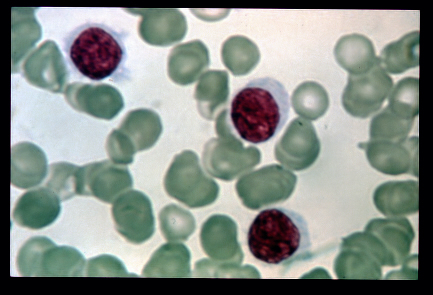Hairy Cell Leukemia

Hairy cell leukemia is a rare, slow-growing cancer of the blood in which the bone marrow makes too many B cells (lymphocytes), a type of white blood cell that fights infection. The condition is named after these excess B cells which look 'hairy' under a microscope. As the number of leukemia cells increases, fewer healthy white blood cells, red blood cells and platelets are produced. The symptoms include a large spleen (splenomegalia) but without an increase of lymph nodes, and general symptoms such as fever, night sweats, fatigue, weight loss. Blood exams show the decreased number of blood cells and platelets. The diagnosis can be made with the biopsy of the bone marrow, blood exams showing antigens that are released by the B-cells. The leukemia cells show an specific change (variation or mutation) in a gene involved in cell growth, the BRAF gene, that increases the growth and spread of cancer cells. The decision to treat depends in whether or not symptoms, splenomegaly, or other complications are present. About 10% of all patients will never require treatment. The cause is still unknown. While there is no cure, treatment can lead to remission which can last for years.